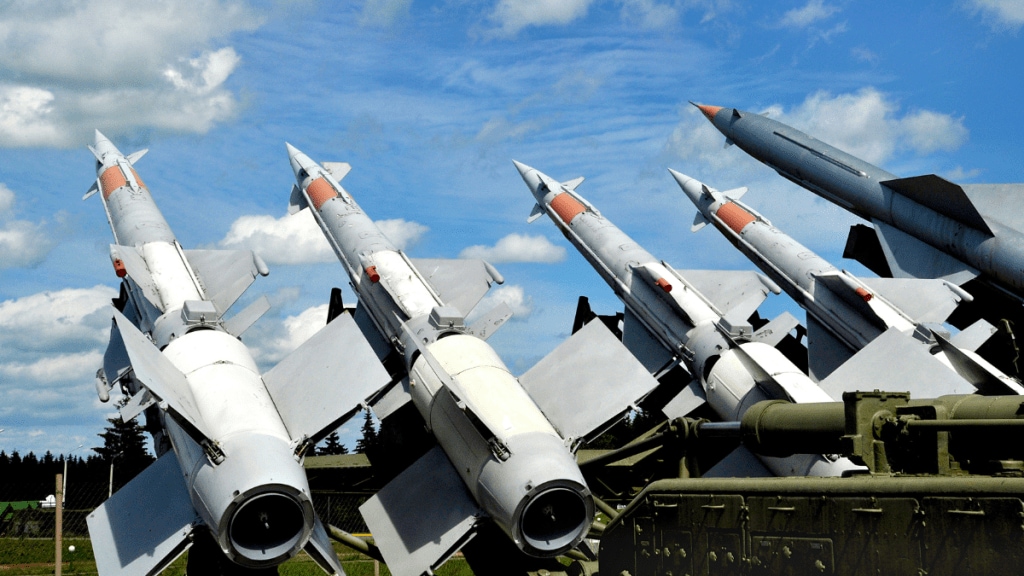A big boost to the ‘Make In India’ push in defence manufacturing and contracts. A recent report by Crisil indicates that the private sector defence companies are expected to see a 16-18% revenue jump in the current fiscal year. They anticipate the order book for the private sector companies to also see a significant jump this fiscal.
The report says that the revenue growth in the private sector defence companies is primarily driven by a strong domestic demand. The domestic defence manufacturing policy pushed by the government has drawn a large investment in the sector. The move has drawn the private companies to a larger capital expenditure in research and development.
Defence sector: Revenue and order growth
The public sector companies dominate India’s defence industry. However, the revenue share of private companies, aided by sub-contracts, is on the rise.
The Crisil report highlighted that in the past 4 fiscal years, between FY22 and FY25, the private defence sector clocked a 20 per cent compound annual growth rate (CAGR). The report adds that the sector’s profits have remained stable as operating margins remain at 18 per cent to 19n per cent.
As per Crisil’s estimates, the overall order book of the private defence companies is expected to reach Rs 55,000 crore at the end of FY26 compared to Rs 40,000 crore in FY25.
The key segments aiding the order book expansion for the companies include electronic warfare systems, command, control, communications, computers and intelligence systems, and aerospace equipment and components.
Defence sector: Capex push
Crisil says that equity infusions over the past three financial years will keep the balance sheets of private debt companies healthy, despite incremental working capital debt and capital expenditure plans.
Jayashree Nandakumar, Director, Crisil Ratings, said, “Over the past three fiscals, defence companies have seen equity infusions of Rs 3,600 crore on a networth base of about Rs 4,760 crore at the end of FY22, largely through public offerings and private equity.”
He added that while a third of such monies went into working capital funding, almost half of it was utilised for capital expenditure, R&D, and innovation, thus enhancing capabilities among private sector defence companies, enabling them to secure larger orders.
